All products featured are independently chosen by us. However, SoundGuys may receive a commission on orders placed through its retail links. See our ethics statement.
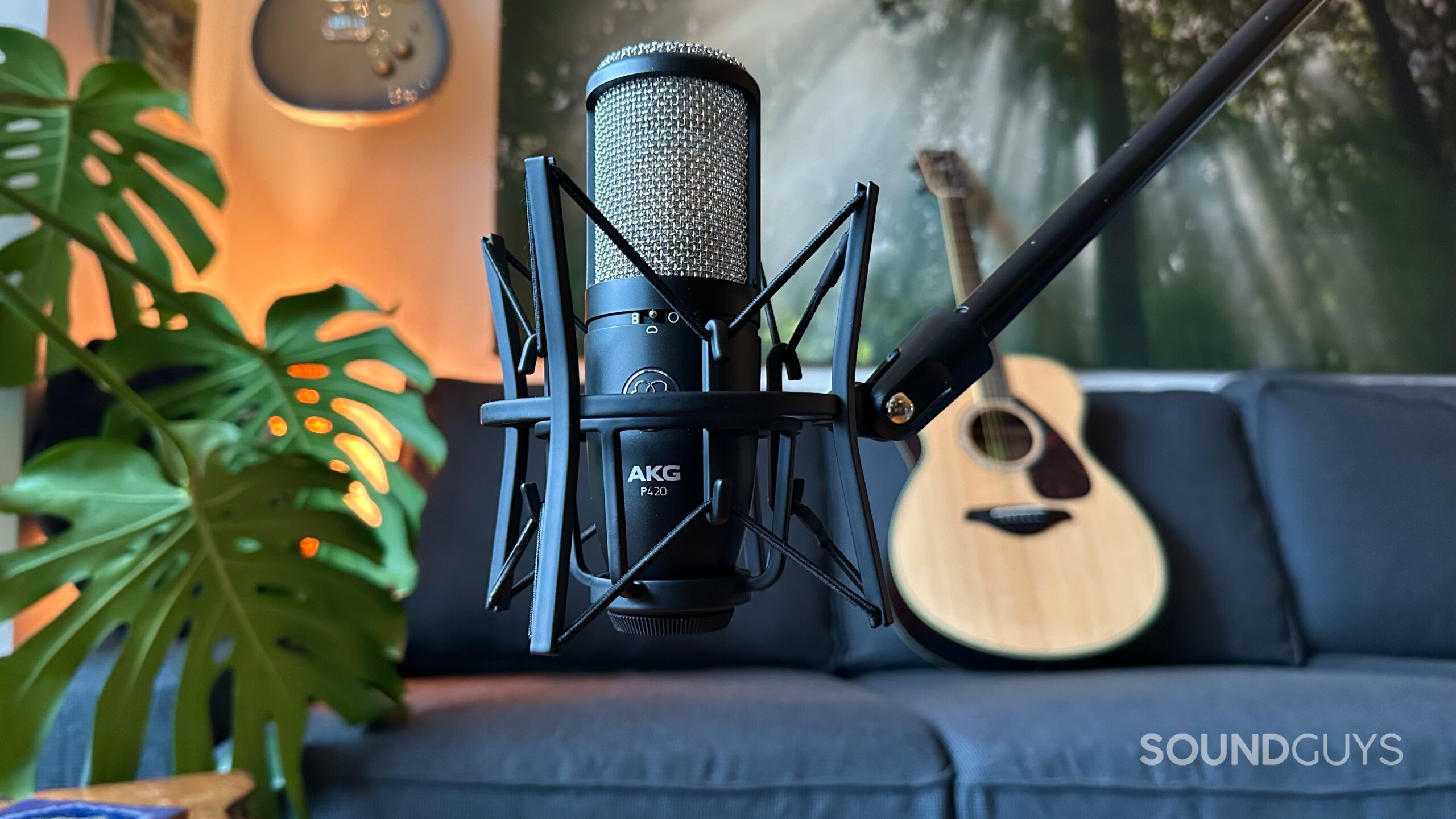

AKG P420 review
Published onNovember 15, 2024


AKG P420
The multi-pattern, large diaphragm AKG P420 condenser microphone is approaching ten years old. In a market saturated with options, does its versatility and sound quality make it a relevant choice for today’s recording artists? In this AKG P420 review, I tune up and strum a few chords to find out.
Editor’s note: this is the first version of the article. Updates will follow as the market changes.
The AKG P420 has a place in both home and professional recording studios. It’s a versatile condenser microphone that can be used for recording everything from intimate acoustic guitars to percussion, not to mention its ability to record ensembles or ambient room tones thanks to its omnidirectional and figure 8 polar patterns.
What’s it like to use the AKG P420?
The AKG P420 is a large diaphragm dual-capsule condenser microphone. It arrives in a protective road case, including the microphone and its dedicated shock mount. Weighing 517g, the P420, and its all-metal build is slightly heavier than some other condenser microphones like the Rode NT1-A. Be cautious if you’re using a tripod boom-style microphone stand with the P420; if your legs aren’t in the right place and you extend the boom arm, the mic’s weight is enough to topple it over.
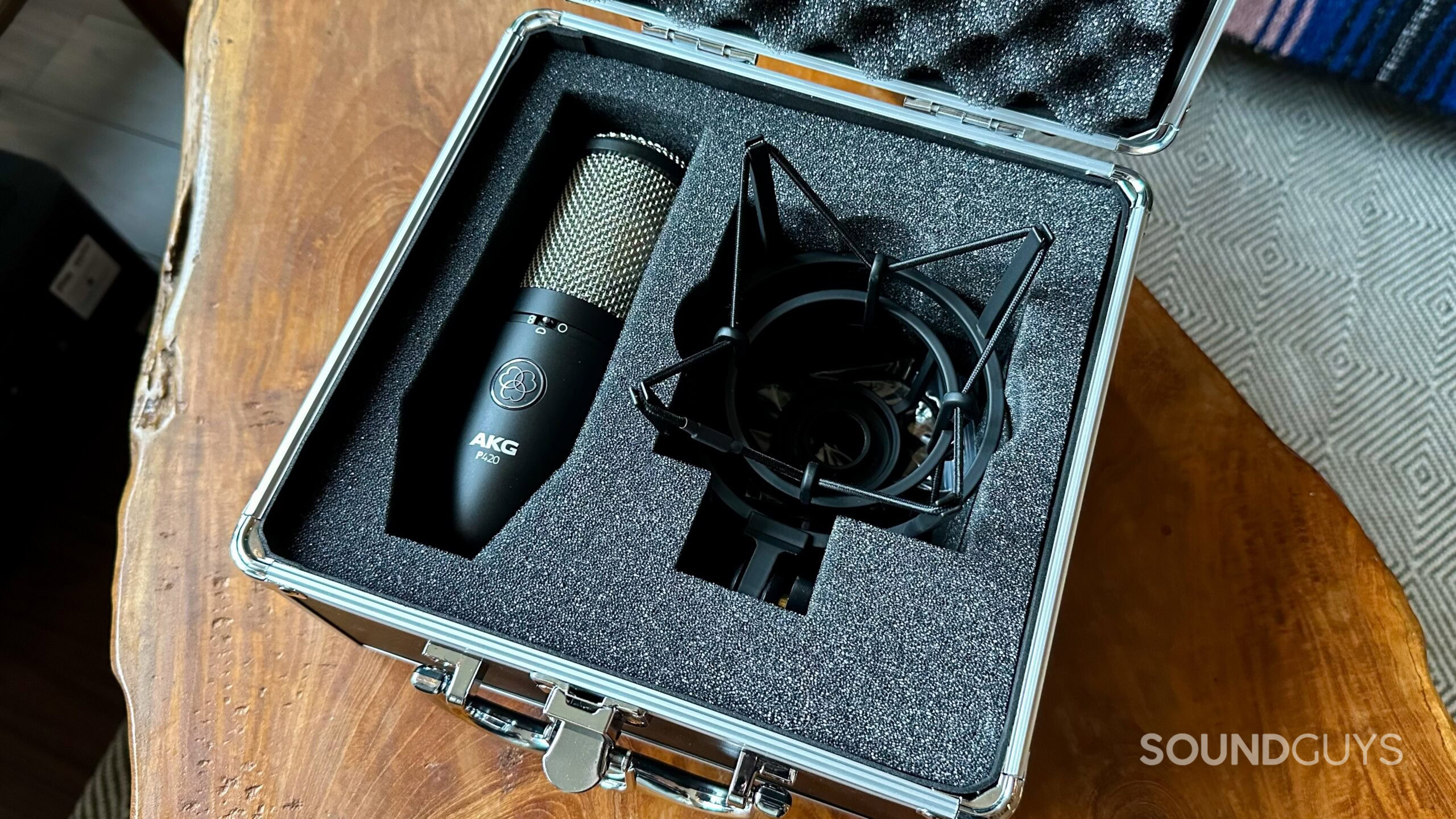
Regarding its dual-capsule design, this is where your selectable polar patterns come into play. Select cardioid pattern if you’re recording a single source, like a single acoustic guitar. However, its dual-capsule design lets you record with an omnidirectional or figure 8 polar pattern if you want to record multiple instruments, vocal ensembles, a live-off-the-floor performance, or capture some additional reverberant room tones, for example. Omnidirectional picks up the entire area surrounding the microphone, and the figure 8 pattern picks up sound in front and behind the mic, rejecting any noise from the sides.
Below is the frequency response chart for each polar pattern, as supplied by AKG in the P420 manual:
Cardioid:
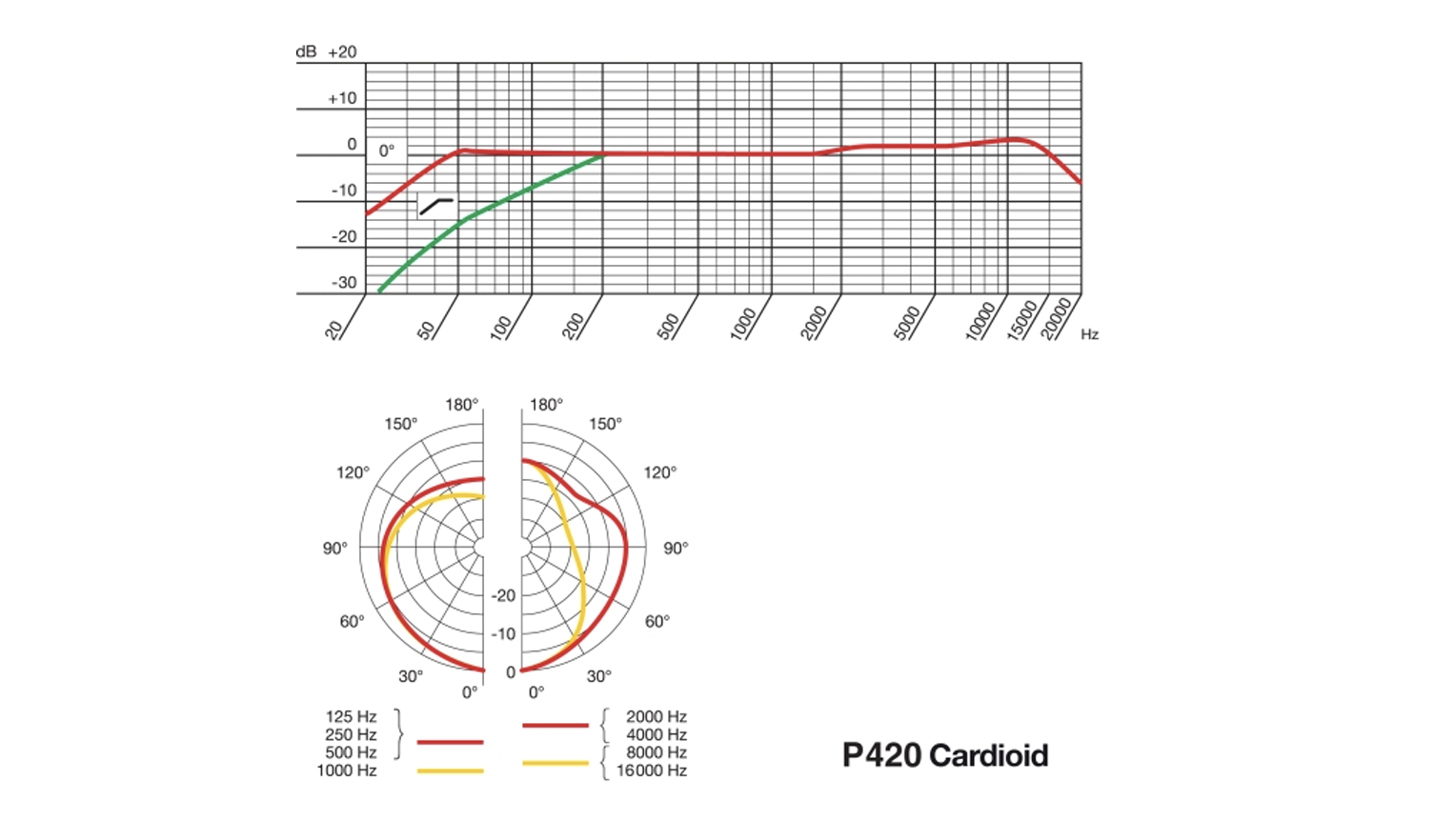
Omnidirectional:
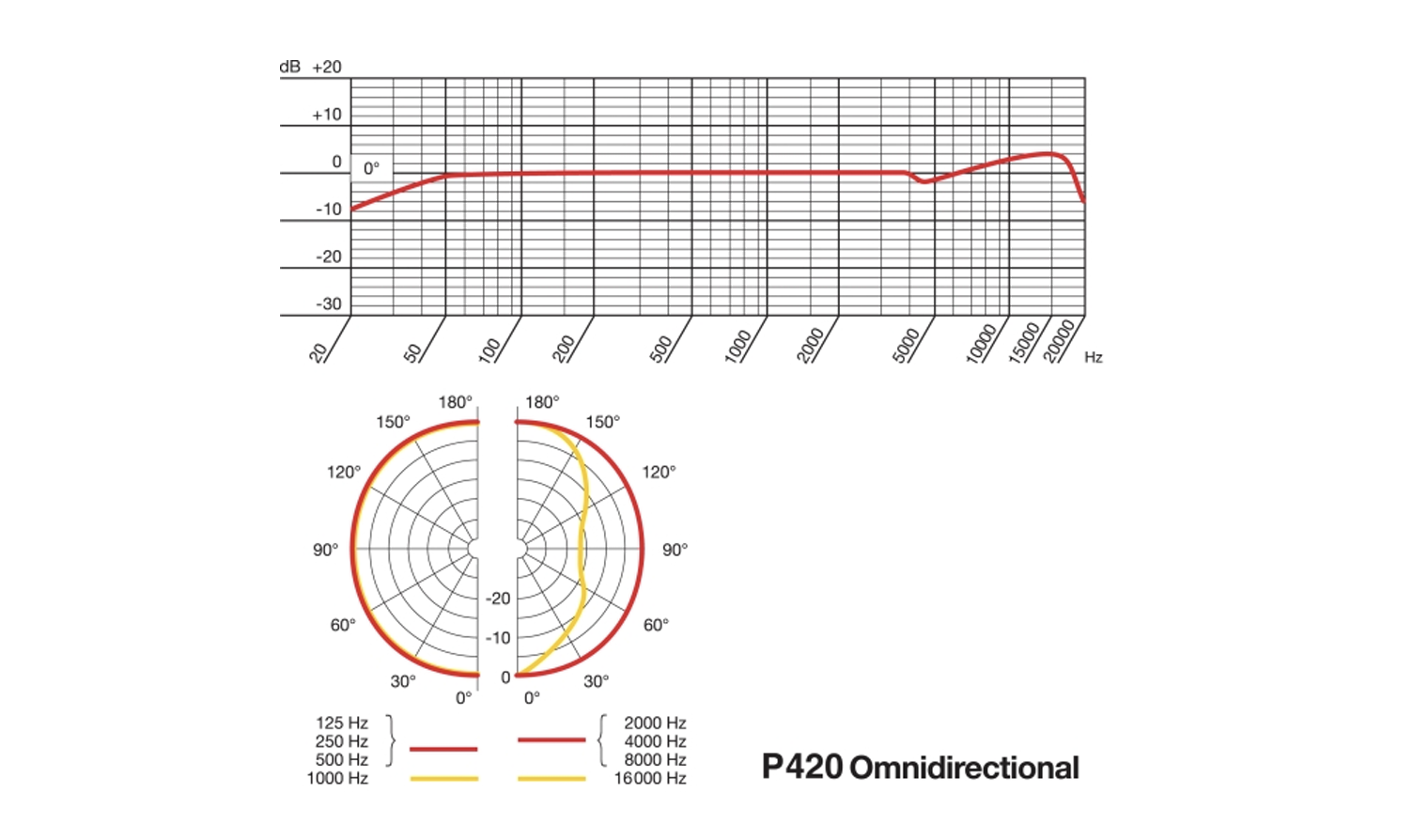
Figure 8:
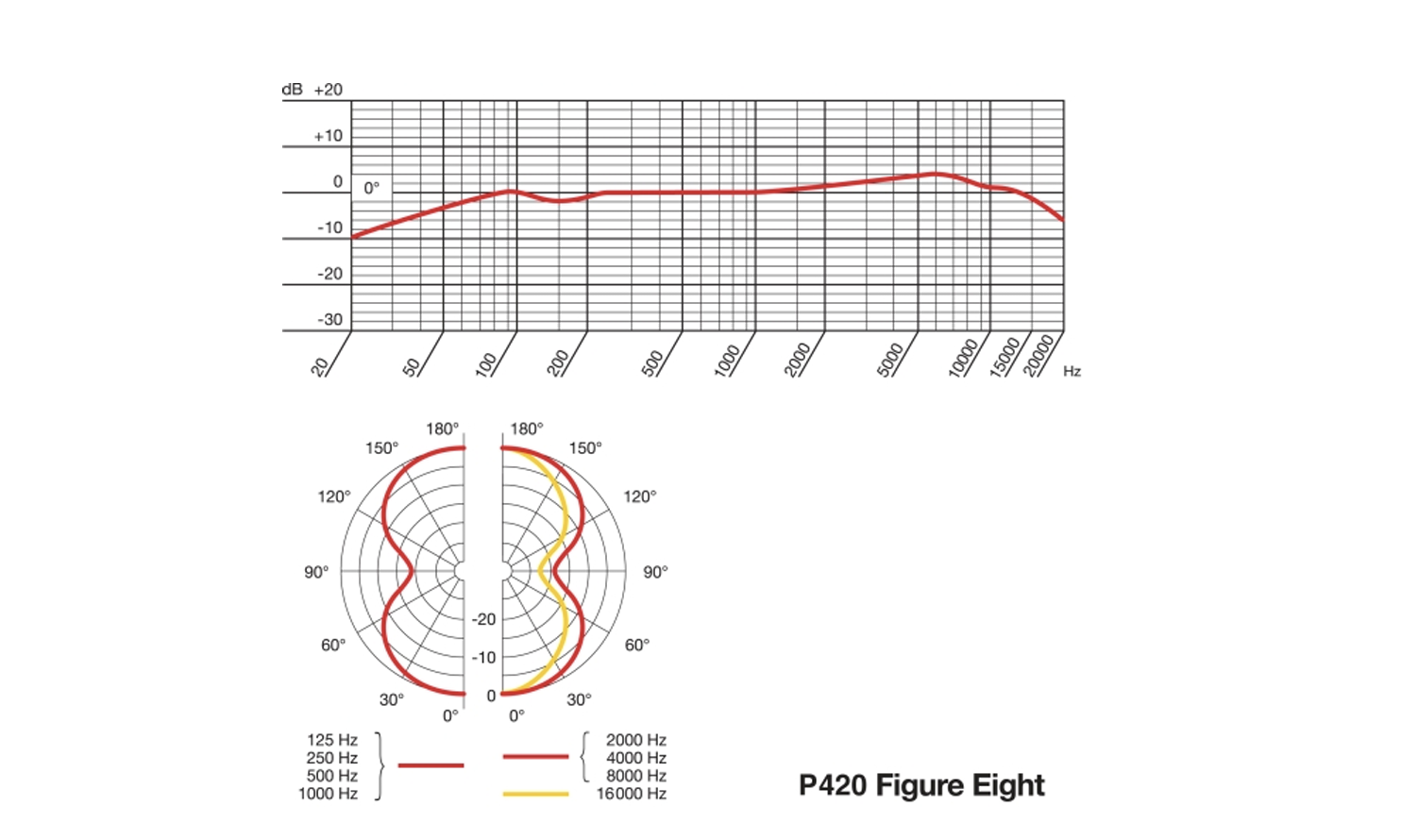
Activate the 20dB attenuator if you want to record loud instruments like percussion, and the P420 also contains a bass-cut filter, which is handy for recording classical instruments like flutes or violins. Since these particular instruments don’t have much low-end, engaging the bass cut feature won’t change the instrument’s sound, but it will keep any unwanted low frequencies in your recording at bay. All in all, you can’t deny the versatility of the AKG P420.
How do you control the AKG P420?
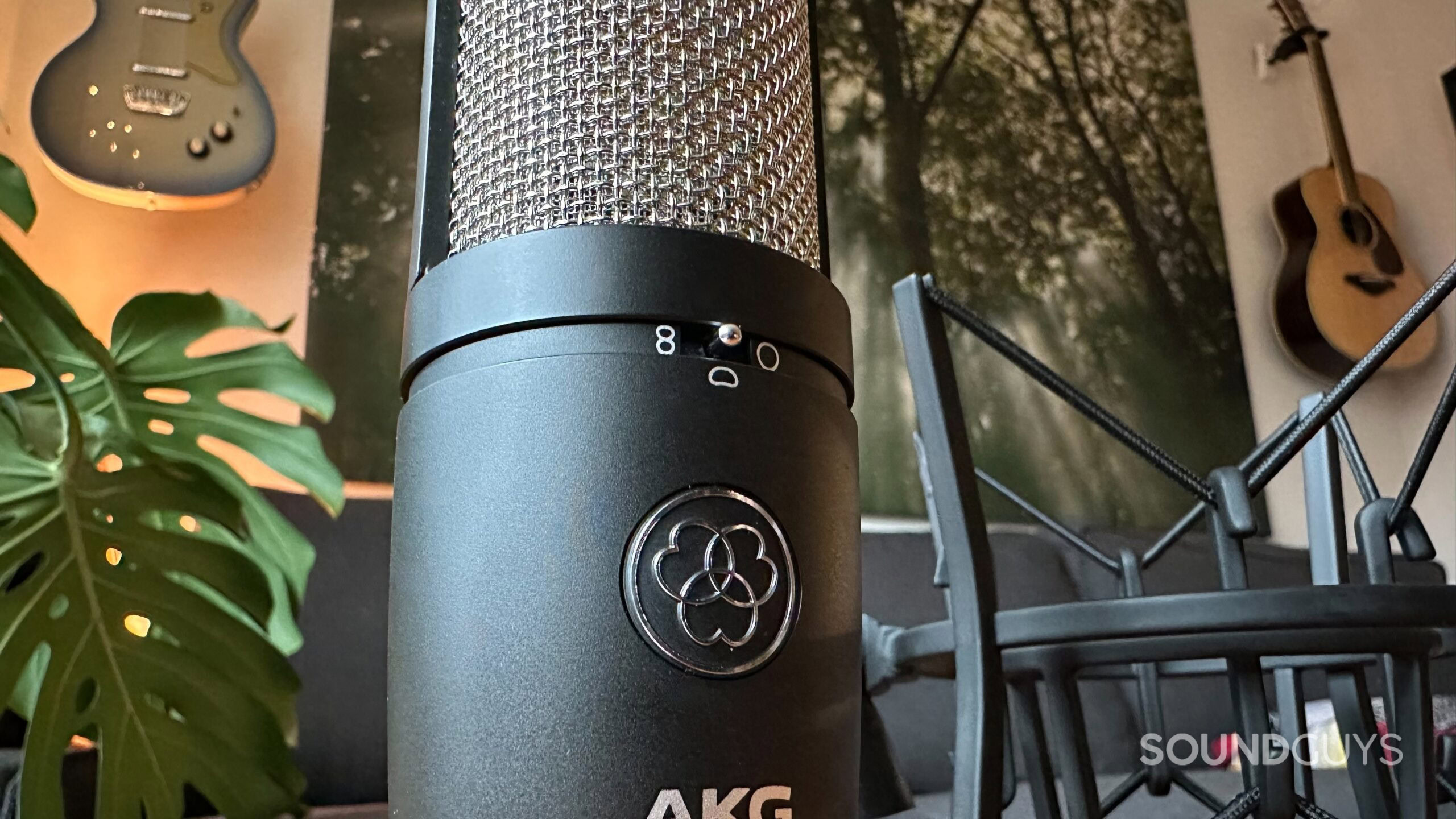
The P420 microphone has a physical switch on the front to select the polar pattern you want to record with. You’ll also find your optional 20dB attenuation and bass cut switches on the back.
How does the AKG P420 connect?
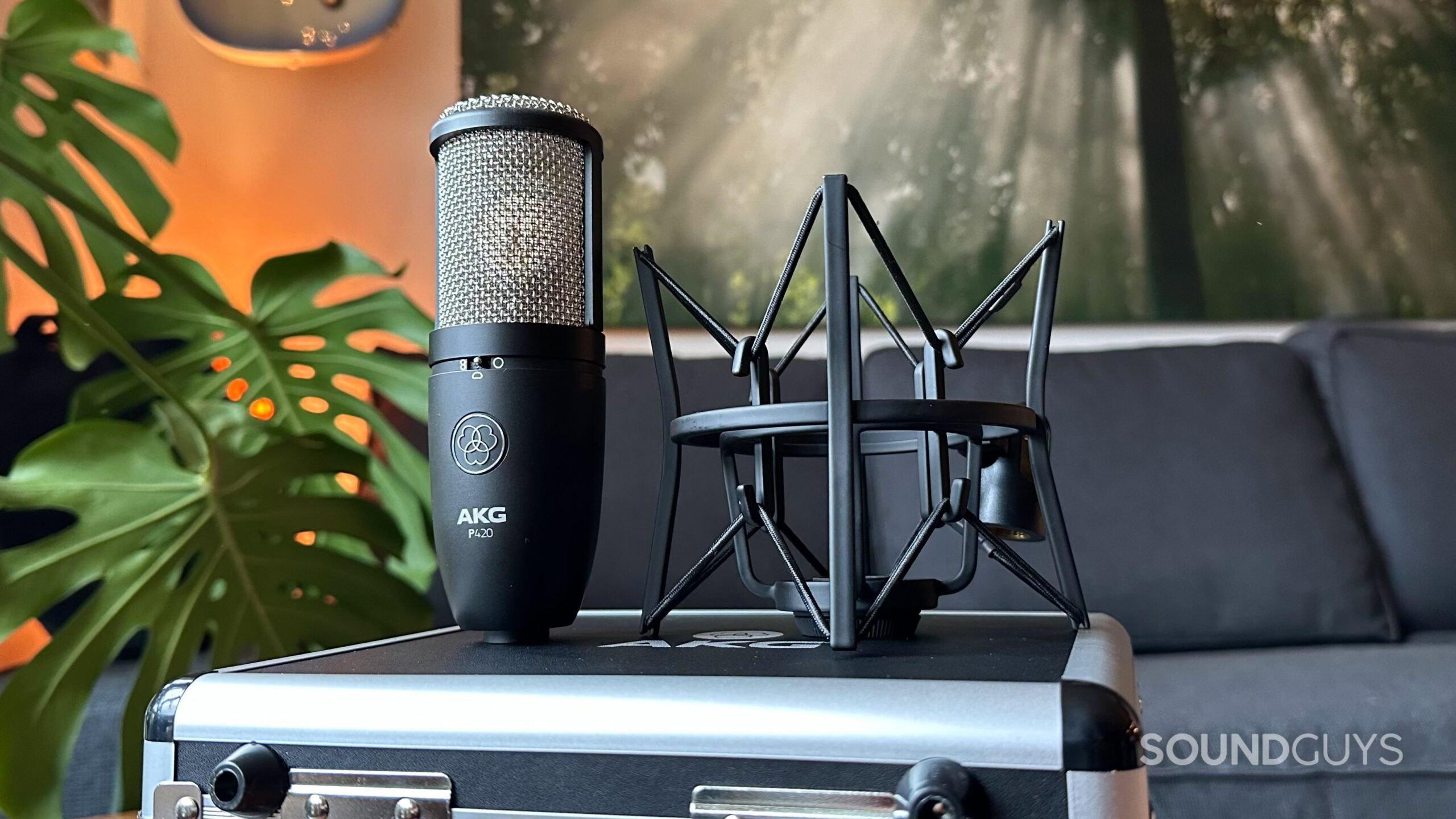
The AKG 420 connects to your audio input via the industry-standard locking, balanced 3-pin XLR connector.
Yes, since the P420 is a condenser microphone, it requires 48V of phantom power to operate.
How does the AKG P420 sound?
Thanks to its relatively wide and flat frequency response, I find getting a quality vocal or acoustic guitar recording easy. I recorded the following demos in my small home office, which is a regular room like any other. It doesn’t have an acoustic treatment of any kind. I plugged the P420 into my older Focusrite Scarlett 2i2 (2nd Gen), using Reaper as my DAW of choice.
AKG P420 acoustic guitar demo:
For this demo, I recorded three tracks with the P420 pointed at the 12th fret of my smaller Yamaha Fs830 acoustic guitar. It’s not an expensive guitar; it costs around $400. The rhythm guitars on the left and right tracks have no additional processing, but I added some reverb to the lead guitar down the middle to help it stand out.
AKG P420 isolated vocal demo:
Here is a quick verse from the Johnny Cash tune “So Doggone Lonesome.” The P420 does a great job of reproducing my voice fully and in detail. Again, there is no additional processing on this take, and I didn’t have any issues with plosives and fricatives, considering I didn’t use an external pop filter.
AKG P420 vocals and acoustic guitar demo:
Here is the same line but with some acoustic guitar rhythm tracks added. I kept the guitars dry for this demo but added some basic reverb to my voice, a very common thing to do in the country world.
How does the microphone sound to you?
Should you buy the AKG P420?
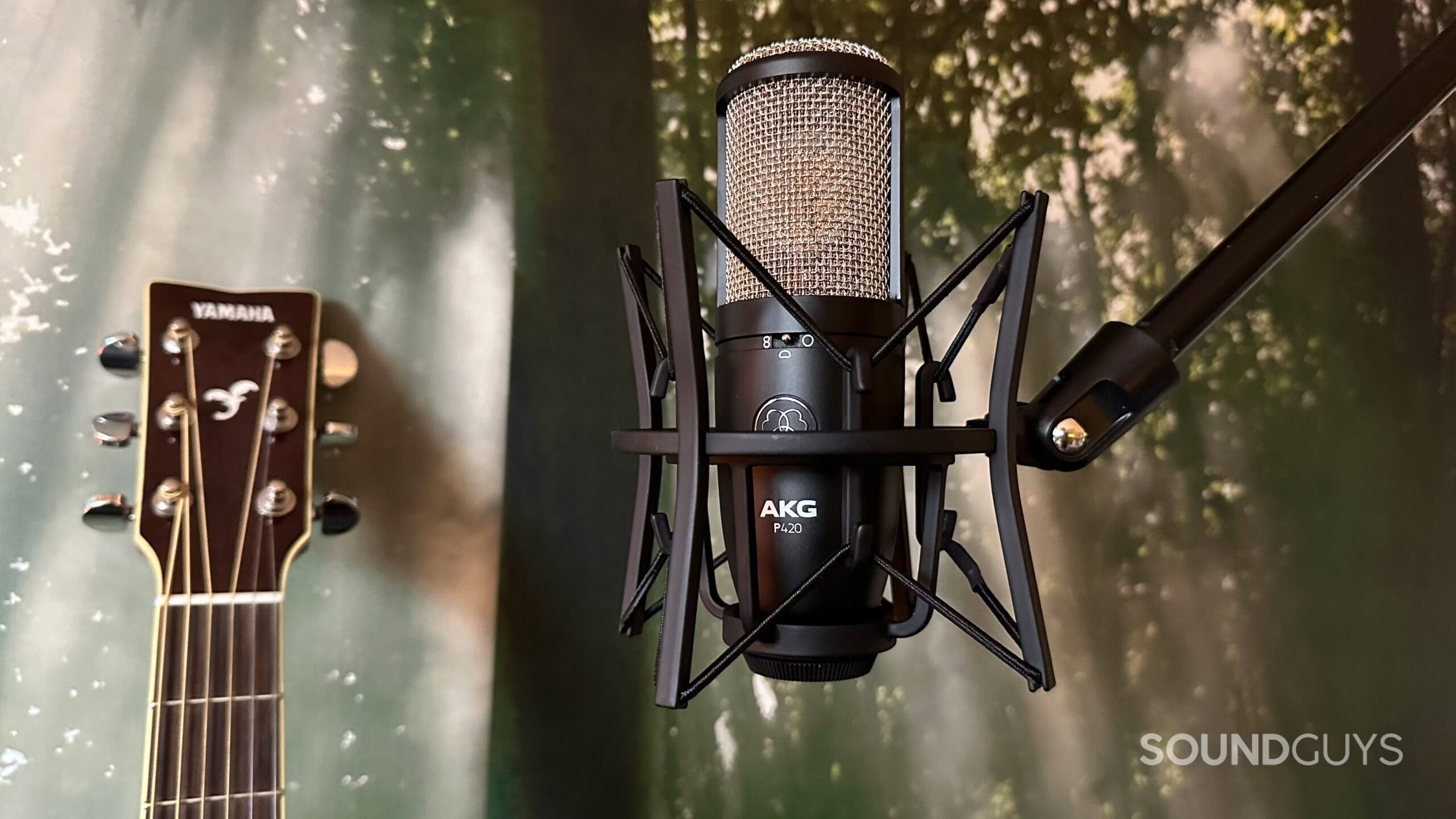
The AKG P420 is ten years old now, but it still makes a great addition to any studio, home, or professional. For less than $200, it’s a well-built and good-sounding mic with a wide and flat frequency response that can record just about anything.
While beginner recording artists may not use all its polar patterns right away, its selectable attenuation and low-cut options are handy. As your skills progress, the other polar patterns may come in handy down the road. Professionals will immediately appreciate the P420’s flexibility and versatility in various recording scenarios, whether you’re recording a vocal ensemble, string quartet, or a live-off-the-floor jam band.

What should you get instead of the AKG P420?
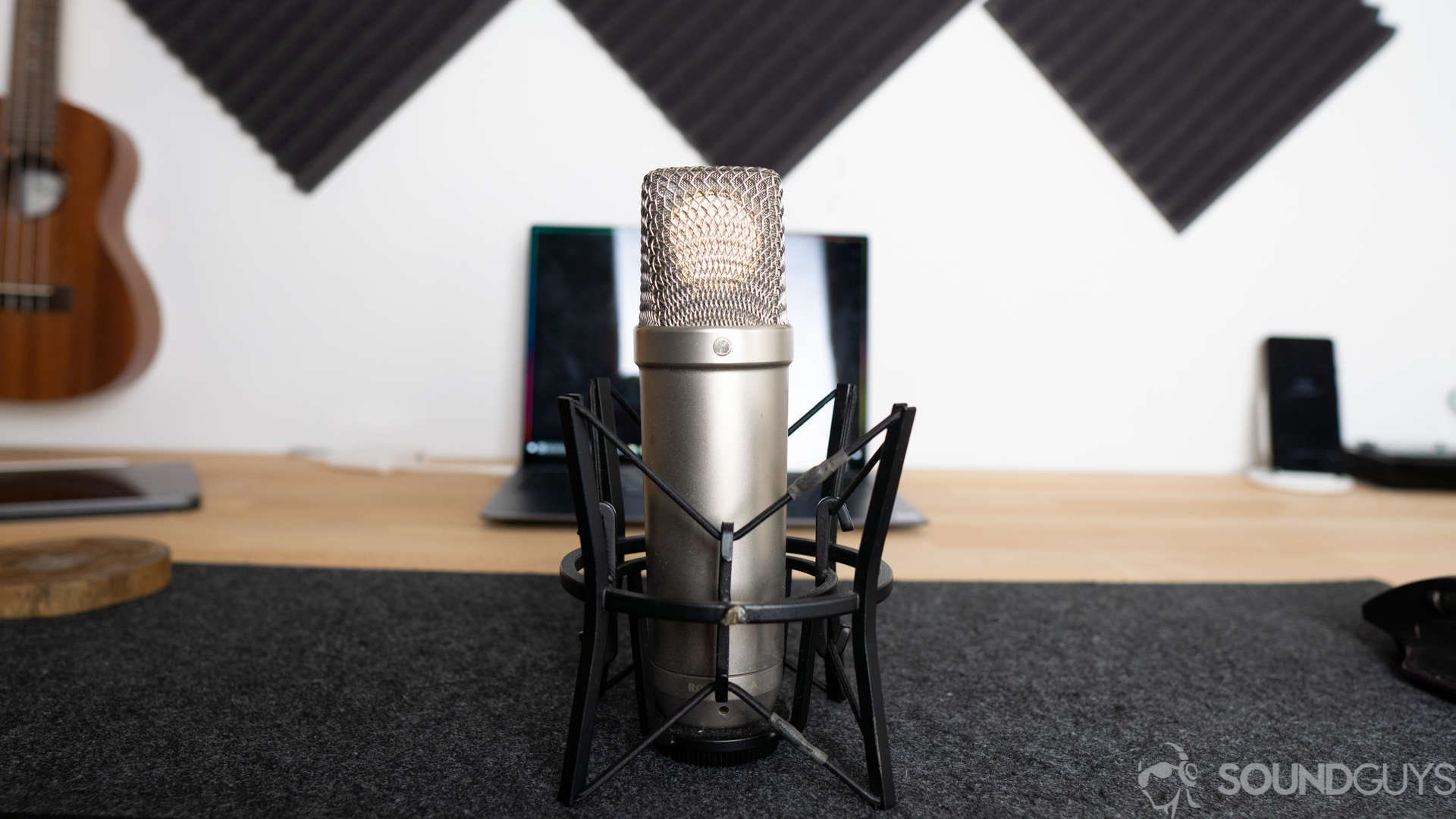
If you simply don’t need the extra polar patterns and just need a microphone to record acoustic guitars and vocals, the Rode NT1-A ($199 at Amazon) is another high-sensitivity condenser microphone that’s worth a look. Like the P420, it offers a flat frequency response, excellent vocal reproduction, all-metal construction, and its own shock mount.
Frequently asked questions
Yes, the P420 requires 48V of phantom power to operate.
The frequency range of the P420 is 20 hz – 20 khz.
Yes, being a large diaphragm condenser mic, the AKG P420 is suitable for vocals.